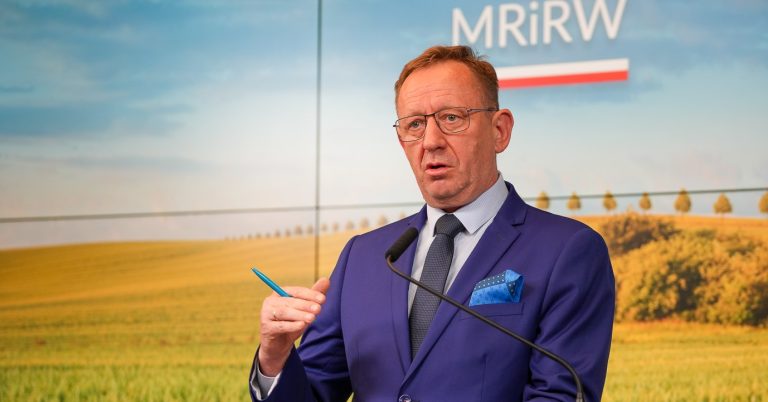Poland has the highest employment rate among Ukrainian refugees, finds OECD study

Poland has the highest level of employment of Ukrainian refugees among 12 countries in the Organisation for Economic Co-operation and Development (OECD), a new report by the organisation shows.
In Poland, the country that cumulatively took in the second-largest number of Ukrainians, 65% of working-age refugees were employed. The United Kingdom (61%) was second and Sweden (56%) third
The lowest levels were in Switzerland and Italy, where only 19% of Ukrainian refugees were employed. Figures for Germany, which now has the largest absolute number of Ukrainian refugees, were not available in the ranking.
Source: OECD’s “International Migration Outlook 2023”
The OECD noted that the immediate access that European Union countries gave refugees to their labour markets, coupled with high levels of formal qualifications among refugees and the presence of sizeable diaspora networks in several host countries, has facilitated this integration.
“Ukrainian refugees are overall integrating into the labour markets of their host countries at a significantly faster pace than other refugee groups,” reads the report. “On average, it has [previously] taken five to ten years for at least half of refugee arrivals to secure employment.”
The organisation noted, however, that a considerable portion of initial employment opportunities for Ukrainian refugees had been concentrated in low-skilled jobs, despite the refugee population having above-average education. The National Bank of Poland (NBP) last year warned of similar mismatches.
Half of businesses in Poland employ Ukrainian workers, up from 34% a year ago, a study has shown.
It also found that Ukrainians are increasingly occupying higher-level positions in the Polish labour market https://t.co/78Nq8kOaEr
— Notes from Poland 🇵🇱 (@notesfrompoland) March 22, 2023
The data compiled by the OECD covers refugee employment in only 12 of the 38 member countries and came from various domestic and international sources. In the case of Poland, the UK, the Czech Republic and Italy, they were based on surveys.
Data was also collected at different times for different countries. The data from Poland is the oldest and comes from a report by NBP in November last year.
Since October last year, however, Poland has lost part of its refugee population, which prompted the country’s biggest business groups to warn against Poland’s looming loss of “the race for Ukrainians”.
Poland is “losing the race for Ukrainians” and “urgently needs migrants”, one of the country’s biggest business groups has warned, after EU data indicated that some Ukrainian refugees are moving west https://t.co/Bh3Uw3aAPJ
— Notes from Poland 🇵🇱 (@notesfrompoland) August 24, 2023
Poland, one of Europe’s fastest ageing countries, has been facing increasingly acute labour shortages, especially in industries such as construction or transport.
According to the state Social Insurance Institution (ZUS), in order to maintain its current ratio of working-age population to retirees, Poland would need to attract almost two million immigrant workers over the next decade.
Ukrainians established around 14,000 sole proprietorship businesses in Poland in the first half of this year, almost as many as in the whole of 2022.
One in ten such businesses registered in Poland this year have been Ukrainian https://t.co/osrJ41I1Cd
— Notes from Poland 🇵🇱 (@notesfrompoland) July 19, 2023

Notes from Poland is run by a small editorial team and published by an independent, non-profit foundation that is funded through donations from our readers. We cannot do what we do without your support.
Main image credit: freestocks.org / Pexels

Alicja Ptak is senior editor at Notes from Poland and a multimedia journalist. She previously worked for Reuters.






